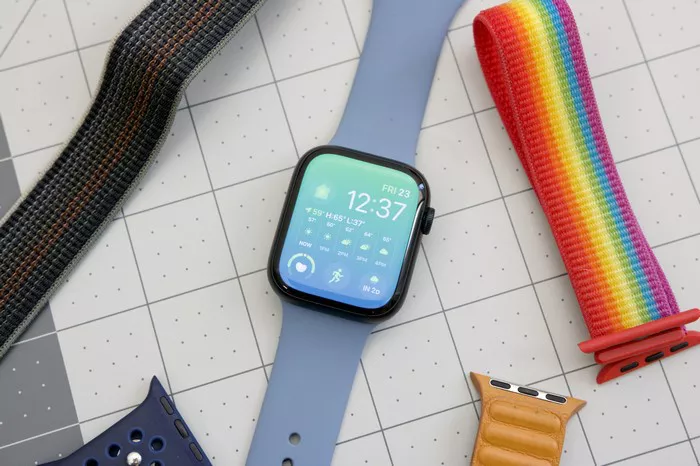The Apple Watch has become an indispensable companion for iPhone users, offering a wide range of features and functionalities that seamlessly integrate with their mobile devices. From receiving notifications and making calls to tracking fitness metrics and accessing apps, the Apple Watch relies on a connection with the iPhone to deliver many of its core functions. But does the Apple Watch use data from the iPhone, and if so, how does this connection work? In this article, we’ll explore the relationship between the Apple Watch and the iPhone, how data is shared between the two devices, and the implications for users.
Understanding the Connection
Bluetooth Connectivity: The primary method of communication between the Apple Watch and the iPhone is through Bluetooth technology. When the Apple Watch is paired with an iPhone, it establishes a Bluetooth connection that allows the two devices to communicate and exchange data wirelessly.
Wi-Fi and Cellular Connectivity: In addition to Bluetooth, the Apple Watch can also connect to Wi-Fi networks and, in some models, cellular networks. Wi-Fi connectivity enables the Apple Watch to access the internet, receive notifications, and stream music, while cellular connectivity allows the watch to make calls, send messages, and use data independently of the iPhone.
Handoff and Continuity: Apple’s Handoff and Continuity features allow for a seamless transition between the iPhone and the Apple Watch. Users can start an activity on one device and pick up where they left off on the other, ensuring a consistent and integrated user experience across both devices.
Data Sharing Between Devices
Notifications: When paired with an iPhone, the Apple Watch mirrors notifications from the iPhone, allowing users to view incoming calls, messages, emails, and app alerts directly on their wrist. The watch retrieves these notifications from the iPhone via Bluetooth and displays them in real-time.
App Data: Many apps on the Apple Watch rely on data stored on the iPhone to function properly. For example, fitness and health tracking apps may sync activity data, workout history, and health metrics between the iPhone and the Apple Watch to provide a comprehensive view of the user’s health and fitness goals.
Music and Media: Users can sync music, podcasts, and other media content from their iPhone to their Apple Watch for offline playback. This allows users to listen to their favorite songs and podcasts even when they’re away from their iPhone, making the Apple Watch a convenient entertainment device on the go.
Implications for Users
Data Usage: While the Apple Watch relies on the iPhone for many functions, it does not consume data directly from the iPhone’s cellular plan. Instead, the watch uses its own Wi-Fi or cellular connection (if available) to access the internet, stream music, and perform other data-intensive tasks.
Battery Life: Maintaining a connection with the iPhone, especially over Bluetooth, can impact the battery life of both devices. Users may notice reduced battery life on their iPhone and Apple Watch when they’re actively communicating with each other, particularly during activities such as streaming music or using GPS navigation.
Network Compatibility: Users should ensure that their iPhone and Apple Watch are compatible with the same cellular network (if applicable) to enable features such as cellular calling and messaging on the watch. Additionally, users may need to subscribe to a separate cellular plan for their Apple Watch to access cellular data independently of the iPhone.
Conclusion
In conclusion, the Apple Watch relies on a connection with the iPhone to deliver many of its core functions, including receiving notifications, accessing apps, and syncing data. While the two devices communicate primarily over Bluetooth, the Apple Watch can also connect to Wi-Fi networks and, in some models, cellular networks for increased functionality and independence. Despite their close relationship, the Apple Watch does not directly use data from the iPhone’s cellular plan but instead relies on its own Wi-Fi or cellular connection for data-intensive tasks. By understanding the dynamics of the connection between the iPhone and the Apple Watch, users can make the most of their devices and enjoy a seamless and integrated experience across both platforms.

